Introduction
As digital marketing changes quickly, it’s really important to understand marketing analytics trends. Understanding these marketing analytics trends will help businesses make informed decisions. New tools like AI, predictive analytics, and insights into consumer behavior are changing how businesses market their products. This article will look at what we can expect in 2025 regarding analytics trends, tools, and changes in consumer behavior that can help your business stay ahead. In this evolving landscape, businesses must adopt data-driven marketing strategies and not lose in competitive environments.
Key Marketing Analytics Trends for 2025
Enhanced Personalization and Customer Targeting Effects
In 2025, making experiences personal will be very important for brands to stand out. Customers want businesses to recognize them and know what they need based on past actions.
To do this, start by gathering data from different places, including:
- Website Analytics: Session time that clients spend on page will be decreasing for brands that don’t pay attention to the analytics of their customers. Use tools like Google Analytics 4 to see how users behave on your website. Clients like some pages and they increase the loyalty to your brand and client don’t like some pages and they decrease loyalty. Marketing analytics trends indicate that companies that use insights are more likely to adopt successful strategies.
- Social Media Engagement: Tools like Hootsuite or Sprout Social can measure how people engage with you on social media. Use this data to better understand your audience. Understanding consumer segmentation trends will also enhance targeted outreach.
- Purchase History: Use your CRM (like Salesforce) to look at previous purchases. This will help you see what customers like to buy.
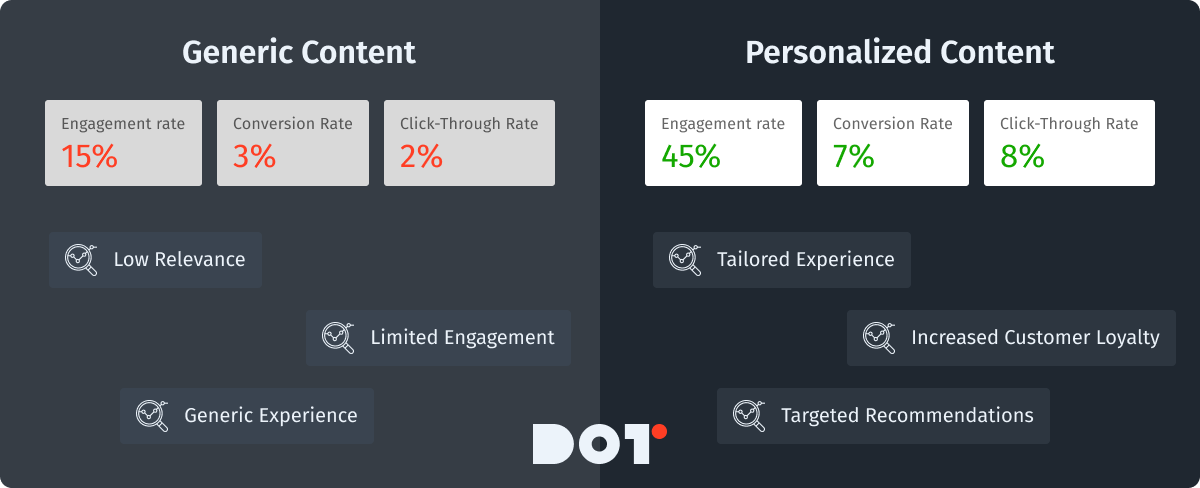
After collecting enough data, use machine learning algorithms to look at this information closely. These can help you group your audience into types, like frequent buyers or occasional visitors. After this, create tailored campaigns using targeted email marketing platforms like Mailchimp or Constant Contact. This will help make content that fits specific groups, leading to more conversions, as recognized in current marketing analytics trends.
Growth of Predictive Analytics Techniques
Predictive analytics will be very important in 2025 because it allows businesses to predict future trends using past data. This will help brands plan their marketing strategies and budgets better.
To use predictive analytics, follow these steps:
- Gather Relevant Data Points: Collect information about customer demographics, transaction history, and market trends. Include feedback from customers to make your data richer. Keeping an eye on marketing analytics trends will help you refine your data points. Using predictive analytics in marketing is becoming essential for effective strategy formation.
- Choose the Right Tools: Use platforms like Microsoft Azure Machine Learning or Google Cloud’s BigQuery to build predictive models. These tools have algorithms that can analyze data without needing a lot of coding.
- Create Predictive Models: Use regression analysis to see how different factors relate to each other. For example, analyze how changes in marketing budgets can affect customer acquisition or loyalty.
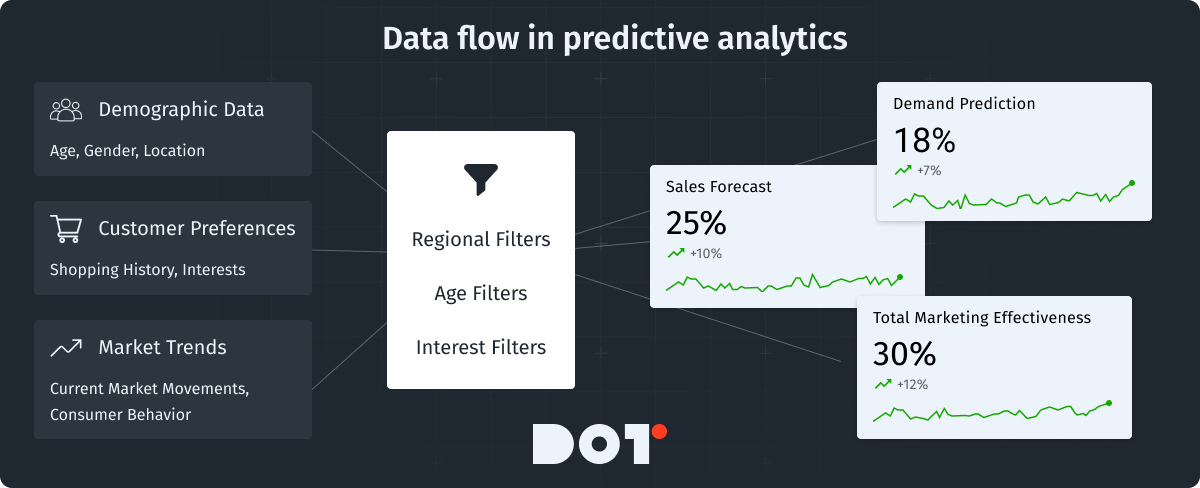
If you invest in predictive analytics now, you can help your organization react quickly to changes in the market. Make sure to check your models regularly to make them more accurate as you get more data, ensuring alignment with emerging marketing analytics trends.
Sophisticated Attribution Models
Attribution modeling helps you understand customer journeys, but old methods often aren’t enough. By 2025, marketers will use complex methods like AI-enhanced and algorithmic attribution to see which marketing efforts lead to sales.
Here’s how to use sophisticated attribution modeling:
- Collect Comprehensive Data: Use tools like Google Tag Manager to collect data from all points, such as social media and email campaigns.
- Implement Algorithmic Attribution: Platforms like Adobe Analytics can help you use algorithmic attribution models. These models show how each marketing touchpoint contributes to conversions based on real behavior and the evolving marketing analytics trends.
- Visualize Data for Insights: Use tools like Tableau or Looker for advanced data visualization. These dashboards help track performance over time and give insights across different campaigns, making it easier to adjust strategies. Utilizing cross-channel marketing analytics can provide a holistic view of customer interactions.
The Role of Artificial Intelligence in Marketing Analytics
AI-Driven Data Insights and Automation Processes
AI is changing how we analyze marketing data. It can find useful insights from big data much faster than humans can.
To make the most of AI in your analytics:
- Choose AI-Powered Tools: Use platforms like Salesforce Einstein or HubSpot that can analyze customer sentiments from past interactions.
- Automate Reporting: Let AI tools handle routine reporting, so your team can focus on understanding results instead of collecting data. Tracking the impact of automation on marketing analytics trends can lead to efficiency improvements.
- Utilize Predictive Analysis: Use AI for predicts about customer behavior. This can help adjust marketing campaigns quickly. For example, if many customers show interest in a new product, AI will help you adjust your marketing strategy to take advantage of this.
By using AI for data analysis, you can spend more time acting on insights rather than gathering it, which leads to better marketing decisions.
Improvements in Customer Experience through AI Tools
AI tools are also improving customer experiences. Popular tools like chatbots can provide help at any time of day.
Here’s how to make customer experiences better with AI:
- Integrate Chatbots:
Use chatbots on your website or social media. Tools like Drift or Intercom can answer customer questions quickly and suggest products based on data. This kind of AI implementation aligns with marketing analytics trends focusing on customer interaction. - Utilize AI-Powered Personalization:
Use AI to analyze how customers browse and offer product suggestions while they shop. Dynamic Yield can help create personalized online shopping experiences that lead to more sales. - Cost Savings through Automation:
Using these tools can lower customer service costs. Chatbots can handle many simple questions, letting human staff focus on harder inquiries.
By using AI tools, you improve efficiency in marketing and enrich customer experiences, which helps keep customers coming back.
If this topic interests you, book a free 20-minute consultation with a Dot Analytics expert.
Essential Tools and Technologies for Gaining Competitive Advantage
Must-Have Marketing Analytics Tools for Professionals
As marketing strategies become more complex, using the right tools is essential. Here are some must-have tools for marketing professionals:
- Google Analytics: Tracks website traffic, user behavior, and conversion data. You can set goals for conversions and learn more about your audience through segmentation.
- SEMrush: Great for SEO and content marketing, SEMrush gives insights into keyword performance, competitor analysis, and backlink tracking. Marketing analytics trends suggest utilizing such tools for better competitiveness.
- HubSpot: An all-in-one marketing platform with CRM features, email marketing tools, and performance analytics for all-round marketing control.
To use these tools effectively:
- Check your website’s performance with Google Analytics to inform your content strategy.
- Monitor SEO and content marketing effectiveness using insights from SEMrush.
- Combine HubSpot CRM with other tools for a complete view of customer interactions.
Using these tools in your marketing strategy will help you make decisions based on data that improves performance.
Cutting-Edge Technologies Like Blockchain in Marketing
Blockchain technology is becoming important for marketers because of better data security and clarity.
To use blockchain in your marketing efforts:
- Explore Blockchain Platforms: Look for tools like Provenance or Chronicled that verify transactions and product authenticity, which builds trust with customers.
- Two-Way Feedback Loops: Use blockchain to create a two-way feedback loop with customers. Smart contracts can reward customers for their feedback, which improves engagement. Consider how these practices can reflect the ongoing marketing analytics trends.
- Data Accuracy and Reliability: Storing customer data on blockchain helps maintain accuracy and security, reducing the risk of data breaches.
Using these technologies not only makes transactions safer but also shows customers that your brand values their security.
Adapting Metrics for Marketing Success in 2025
Significance of Customer Lifetime Value (CLV) Evaluation
Understanding Customer Lifetime Value (CLV) will become very important in 2025, helping businesses earn more while spending less on gaining new customers.
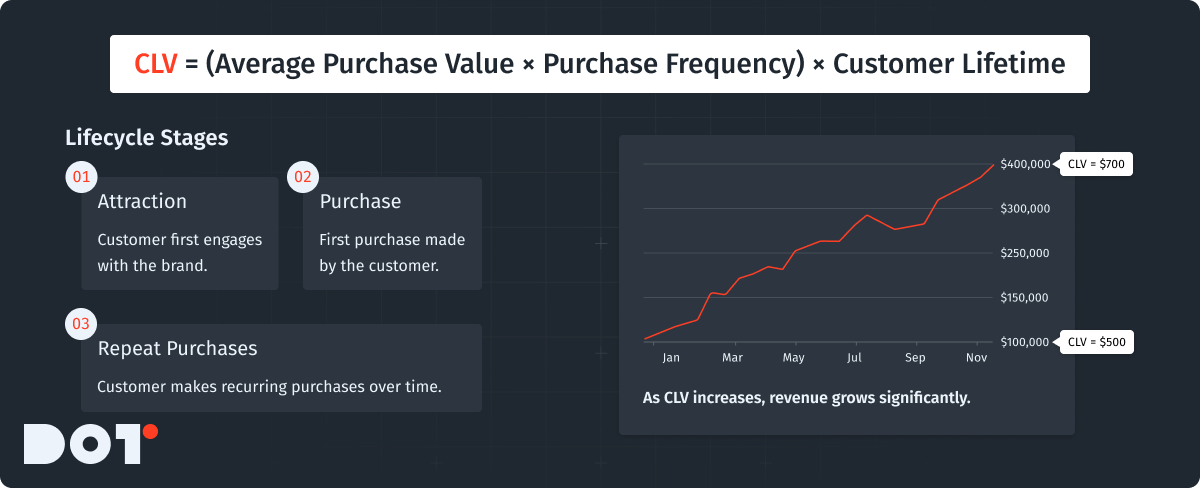
To evaluate CLV:
- Calculation: Use this formula: CLV = (Average Purchase Value × Purchase Frequency) × Customer Lifespan. You need to know your average sale amount, how many purchases per year, and customer lifespan. Marketing analytics trends emphasize the importance of CLV for guiding strategy.
- Refinement: Keep refining your CLV calculations as customer behavior or market conditions change. Update your business models for changes in purchase frequency or average order value.
- Retention Strategies: With an understanding of CLV, develop strategies for keeping high-value customers. Use loyalty programs or personalized marketing to encourage repeat purchases.
Knowing CLV helps you explain marketing spending and focus on keeping customers of great value.
Comparing Engagement Metrics with Traditional Conversion Rates
As we move to 2025, companies should pay more attention to engagement metrics, as they offer better insights than just looking at conversion rates.
- Define Engagement Metrics: Identify key metrics like time spent on a page, likes, shares, and comments.
- Implementation: Use analytics tools like Google Analytics to track these metrics. Set specific events to measure user interactions and supplement with social media analytics. Keeping an eye on marketing analytics trends will guide how you define these metrics.
- Benchmarking: Set benchmarks for engagement metrics to assess performance regularly across campaigns. This helps you know which content resonates best with your audience.
Focusing on engagement metrics gives you clearer insights into content performance, leading to better strategies that improve customer interaction.
Have questions? Connect with a Dot Analytics expert for a free 20-minute consultation and get answers.
Consolidating Data from Multiple Marketing Channels
Best Practices for Effective Data Integration
In a world with many channels, good data integration is vital for getting valuable insights. Here are some best practices to follow:
- Create a Centralized Data Repository: Use tools like Google Data Studio or Domo to gather data from various channels. This makes data easier to access and analyze. Integration tactics should consider the current marketing analytics trends.
- Ensure Consistency: Create a standard way to format incoming data. Consistency reduces mistakes and improves the reliability of insights.
- Regular Audits: Schedule audits to check for errors in your data. Use tools like Talend or Apache NiFi to help automate cleaning processes.
Following these practices ensures that your data system is strong and helps you make informed decisions.
Common Tools Leveraged for Multi-Channel Data Management
To manage data from multiple channels, use these tools:
- Zapier: A tool that connects different applications, automating data transfer between them. For example, it can sync customer data from your email platform to your CRM.
- Segment: This tool collects and organizes data from various platforms. You can use it to gather data from your web and app easily. Utilizing Segment reflects awareness of the evolving marketing analytics trends.
- Supermetrics: Simplifies reporting by pulling data into Excel or Google Sheets from different channels. It automates reporting processes so you can see everything in one report.
Using these tools helps marketers manage data across channels better.
Examples of Successful Marketing Analytics Trends
Case Study: NeoReach – Enhancing Campaign Effectiveness
- Company Overview: NeoReach is strong in influencer marketing, helping brands improve their campaigns using data analysis.
- Challenge: NeoReach struggled to show clients the ROI from influencer campaigns.
- Solution: They created an analytics tool that gives real-time data on campaign performance and audience engagement.
- What They Did: A dedicated data science team worked to build predictive models based on past campaign data.
- How They Did It: They used machine learning to assess influencer performance for different campaigns. Awareness of prevailing marketing analytics trends guided their strategies.
- Team Composition: Included Data Scientists, Marketing Analysts, and Software Engineers.
- Project Duration: The project lasted 6 months.
- Technologies Used: They used Python for analysis, Tableau for visuals, and Google Analytics for traffic tracking.
- Results: Clients saw a rise in average ROI by 150%, showing how good data analytics can make campaigns stronger.
Case Study: Woovit – Transforming Content Distribution for Brands
- Company Overview: Woovit helps brands distribute content, mainly through gaming influencer engagement.
- Challenge: They had to stand out in a competitive market and prove influencer campaign effectiveness.
- Solution: Woovit created an analytics dashboard that combines data from many sources to show content reach and engagement.
- What They Did: They merged social media data with their analytics tool for clear reports.
- How They Did It: Their team used APIs to auto-fetch needed data and display it on a user-friendly dashboard. Changes brought about by emerging marketing analytics trends were essential in shaping their approach.
- Team Composition: Included Data Analysts, Product Managers, and Software Developers.
- Project Duration: It took 4 months to develop.
- Technologies Used: They used APIs, Tableau for visuals, and SQL for databases.
- Results: Woovit saw higher client satisfaction and a 200% increase in engagement from typical campaigns, demonstrating the strength of analytics in marketing.
Techniques for Utilizing Data in Strategic Decision-Making
Fostering a Data-Driven Organizational Culture
Building a culture that values data can improve your strategy as a business. Here’s how to do it:
- Regular Training Sessions: Offer workshops that teach data analytics basics and how to interpret key metrics. Use platforms like Coursera or LinkedIn Learning for courses. Aligning training with marketing analytics trends can keep skills relevant.
- Cross-Department Collaboration: Allow data sharing across departments. Encourage marketing, sales, and customer service teams to align goals and share insights. Integration of data-driven marketing strategies into the company ethos can bridge the gap between departments.
- Celebrate Data Success Stories: Share stories of how data improved decisions and results within the company. Celebrating these wins will keep everyone focused on using data well.
Creating a data-driven environment helps your teams make informed decisions that fit with company goals.
Using Iterative Testing to Learn from Marketing Campaigns
Constantly testing new ideas can make your marketing much better. Follow these steps:
- Implement A/B Testing: For each campaign, create two versions of something, like an email or landing page, to see which works better. Use platforms like Optimizely or Google Optimize to manage tests.
- Monitor Results: Look at user engagement metrics like open rates and conversions to see which version did better. Keeping track of marketing analytics trends during this phase will assist in refining approaches.
- Iterate Based on Feedback: Use your findings to make your campaigns better and keep repeating the testing process. This approach leads to continuous improvements and better returns.
This method creates a culture of experimentation that can boost your marketing’s success.
New Insights into Marketing Analytics
The Evolution of Data Privacy Regulations
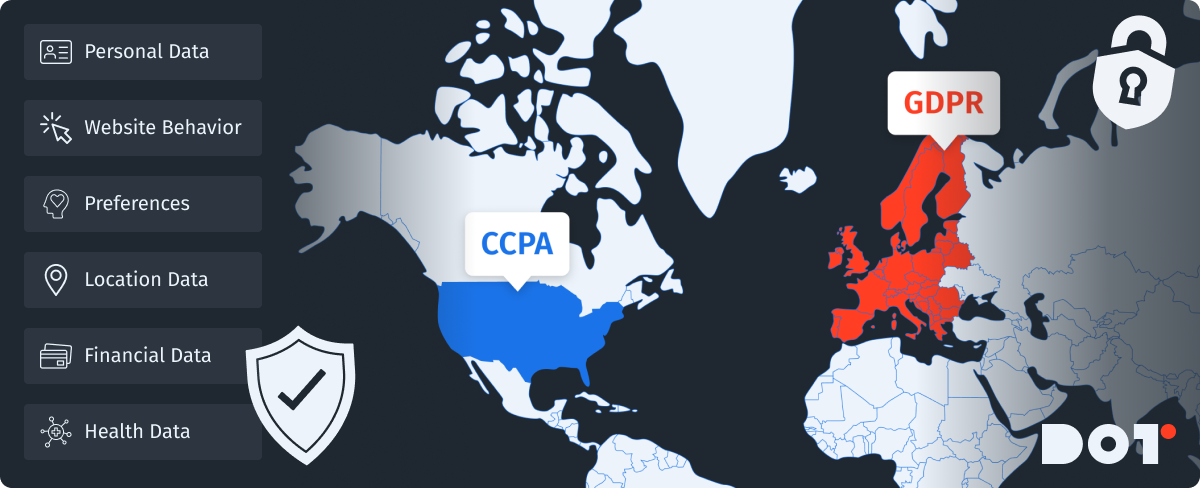
As concern about data privacy grows, marketers must stay updated on regulations like GDPR and CCPA. Here’s how to keep compliant:
- Regularly look for updates on changes in privacy laws. Use websites like the International Association of Privacy Professionals (IAPP) for information.
- Make sure your data collection practices follow rules. This means having clear opt-in processes for email marketing and being open about how data is used.
- Focus on gathering only the data you need to help make your decisions. Collecting less data helps with compliance, which aligns with current marketing analytics trends.
Adapting to privacy regulations builds trust with customers and ensures your business runs legally.
Practical Implications for Marketers Today
Because of changing privacy rules, marketers need to change their strategies:
- Emphasize First-Party Data: Focus on collecting data directly from customers, like surveys. This data is usually more reliable.
- Transparency in Data Practices: Be upfront about how you collect data. Customers should know how and why their data is used. This can improve trust and ties into ongoing marketing analytics trends.
- Invest in Technology for Compliance: Use tools that help manage consent and reporting. Solutions like OneTrust can ensure privacy regulation compliance.
Following these practices helps marketers successfully manage data privacy while keeping effective strategies.
Shifting Consumer Behaviors and Expectations
Influence of Technology on Consumer Engagement
As we get closer to 2025, the need for smooth and interactive experiences will grow. Brands have to change their marketing strategies as technology evolves.
- Invest in Interactive Experiences: Consider using tech like AR and VR in marketing. For instance, brands like IKEA allow customers to see furniture in their homes using AR apps.
- Utilize Omnichannel Strategies: Ensure your marketing messages are consistent everywhere, from social media to emails. Tools like Omnisend can help keep experiences aligned with marketing analytics trends.
- Real-Time Responsiveness: Optimize for instant interactions using AI chatbots and personalized messages based on user actions. Embracing the impact of AI on marketing allows brands to react quickly to consumer needs.
Using these strategies can not only boost engagement but also create strong brand loyalty with tech-savvy customers.
Changes in Consumer Expectations and Experiences
As technology advances, customers will want quicker and more personalized responses. Brands must adjust to meet these needs.
- Agility in Marketing Plans: Regularly check customer feedback using tools like SurveyMonkey to understand what they want and adapt strategies.
- Refine Marketing Strategies: Set up teams that can quickly change marketing plans based on real-time data. Tools like HubSpot can help automate this. Marketing analytics trends will play heavily into how brands adapt.
- Customer Journey Mapping: Map out customer journeys to find pain points. This data helps make necessary changes to improve experiences at important steps.
Staying on top of these changing expectations keeps brands relevant and strengthens customer relationships.
Checklist for Marketers in 2025
To prepare for the marketing landscape of 2025, refer to this checklist:
- Important Trends to Observe: Enhanced personalization, predictive analytics, AI integration.
- Critical Tools to Implement: Google Analytics, HubSpot, Blockchain technologies.
- Metrics to Emphasize: Customer Lifetime Value, engagement metrics.
Summary
Review of Key Marketing Analytics Trends and Insights
To stay competitive in 2025, businesses need to adapt to trends like enhanced personalization, predictive analytics, and AI integration. Brands that take advantage of these insights will have a better chance in the marketplace, reflecting the shift in marketing analytics trends.
The Significance of AI and Advanced Technologies
AI will greatly improve how we get data insights, automate many analysis aspects, and enhance customer experiences. It enables quicker decision-making by processing data more effectively.
Concluding Thoughts on Maintaining Competitiveness
To keep a competitive edge, focus on a data-driven approach, engage with customer insights, and keep an eye on new industry trends in marketing analytics trends.
Want to see how this applies to your business? Schedule a free 20-minute consultation with one of our experts.
Acting on these insights helps your brand not only keep up but also succeed in the fast-changing field of marketing analytics in 2025.




























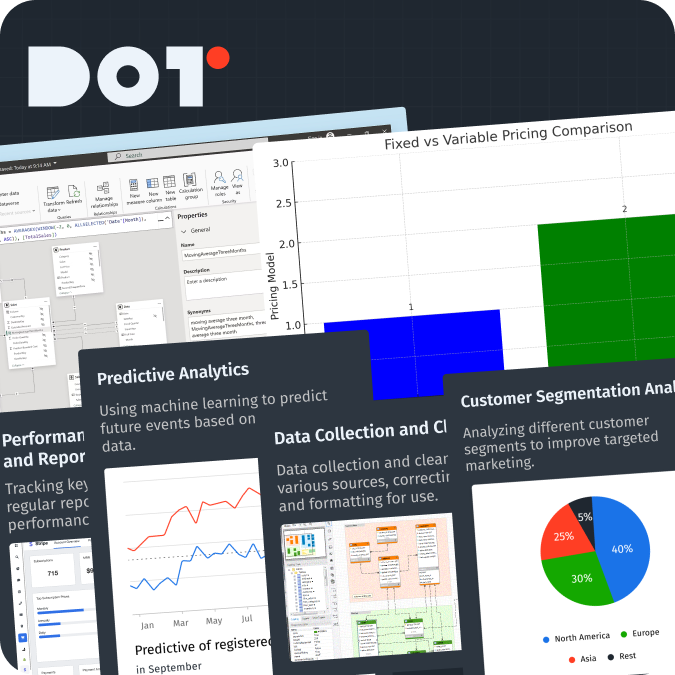
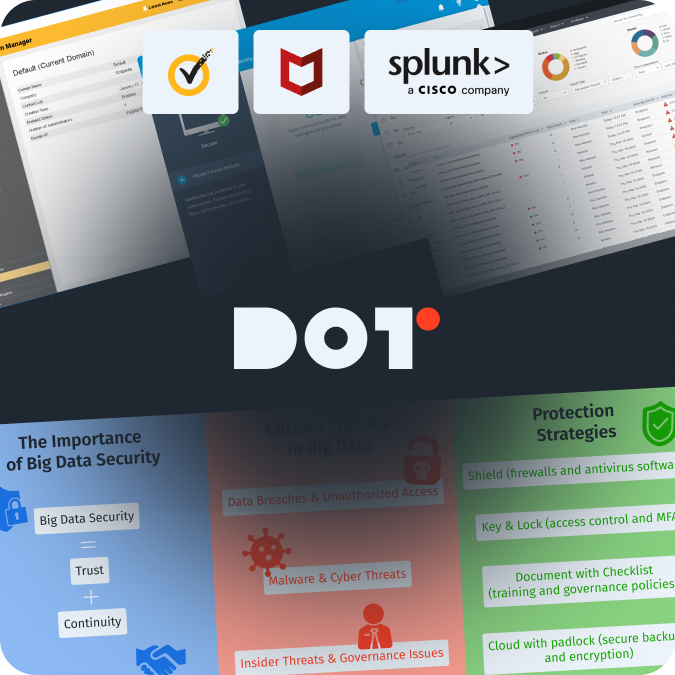
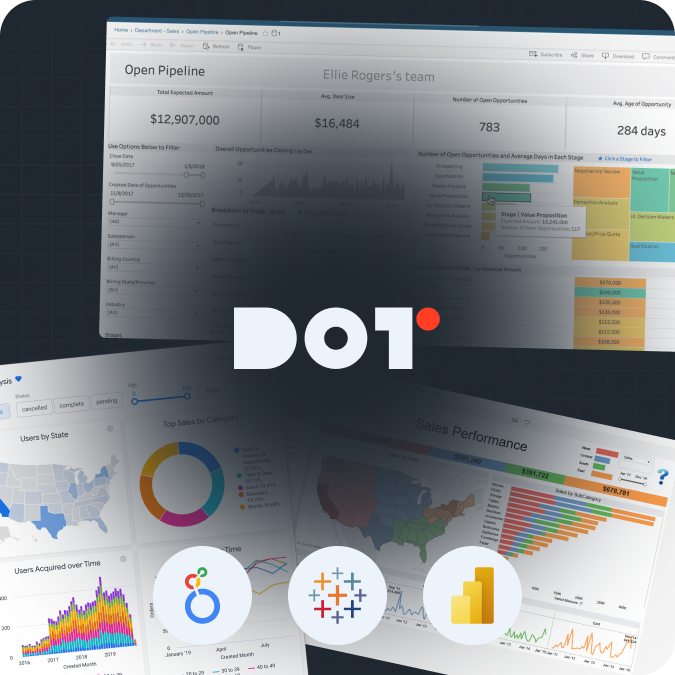
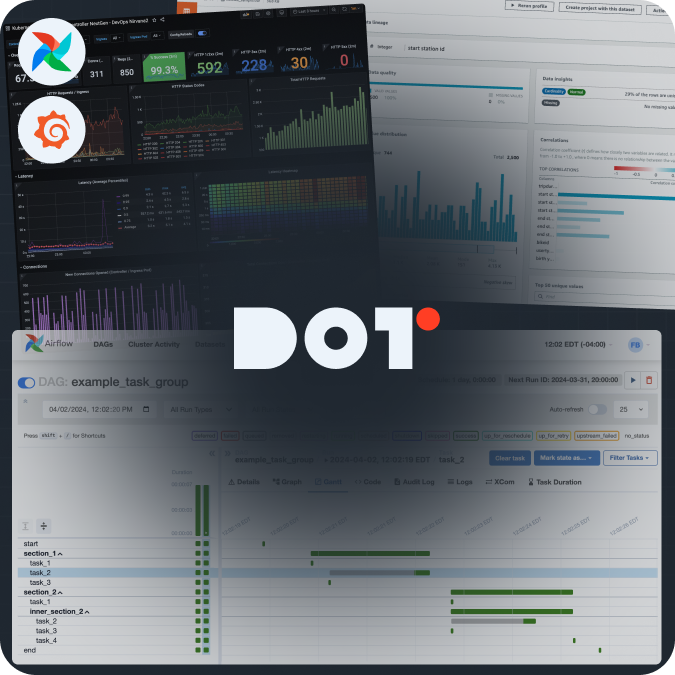
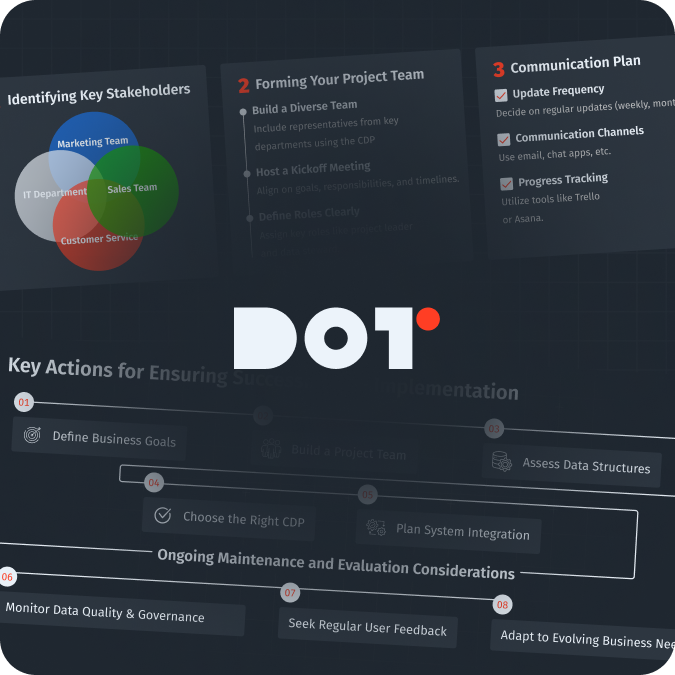

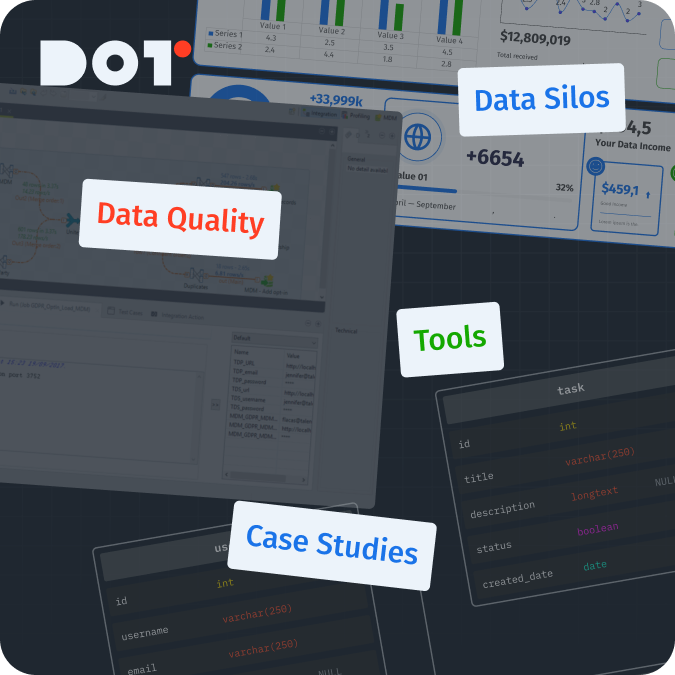
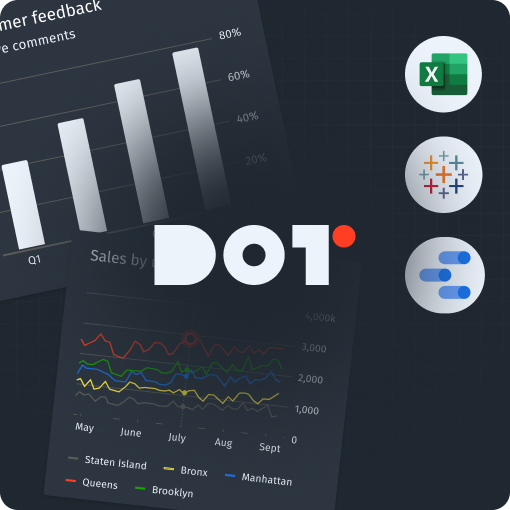
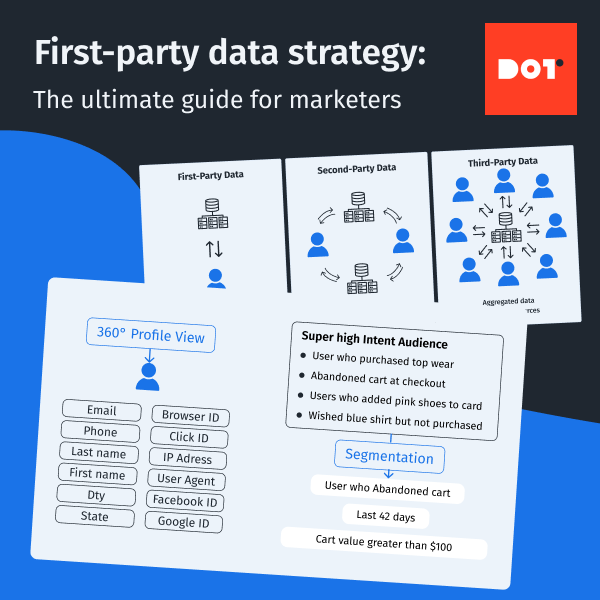
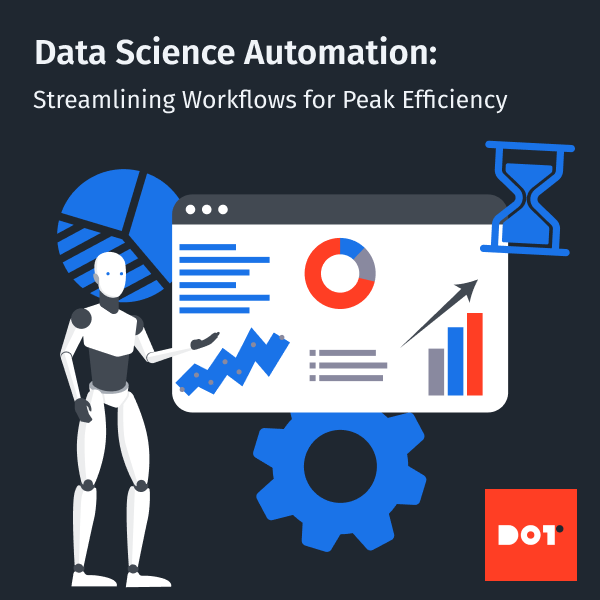
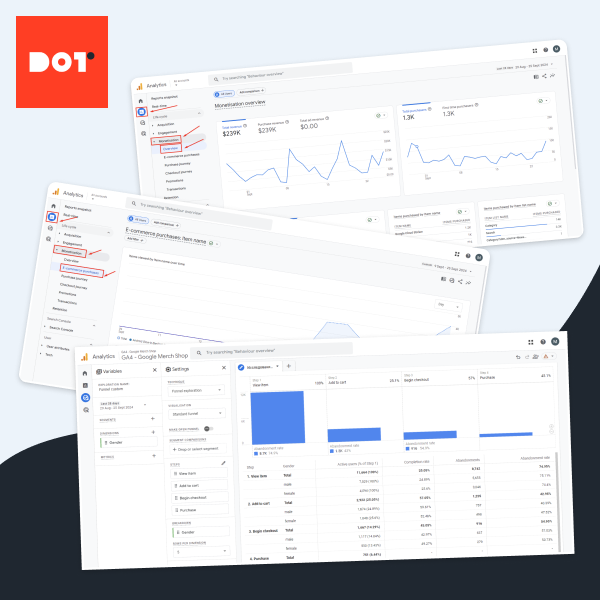
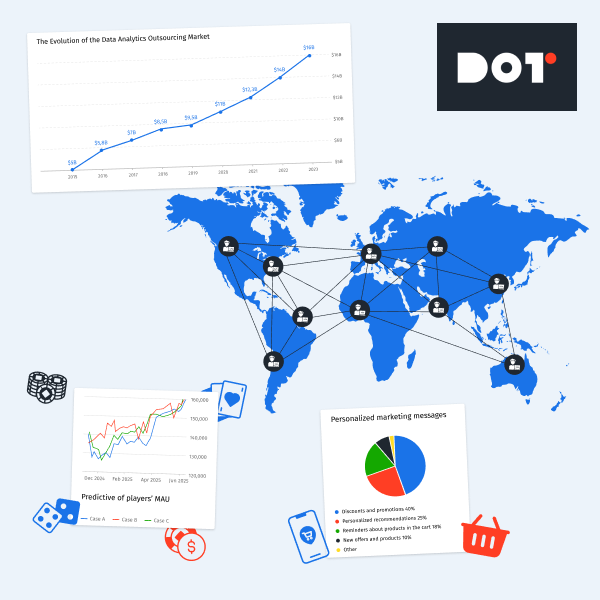
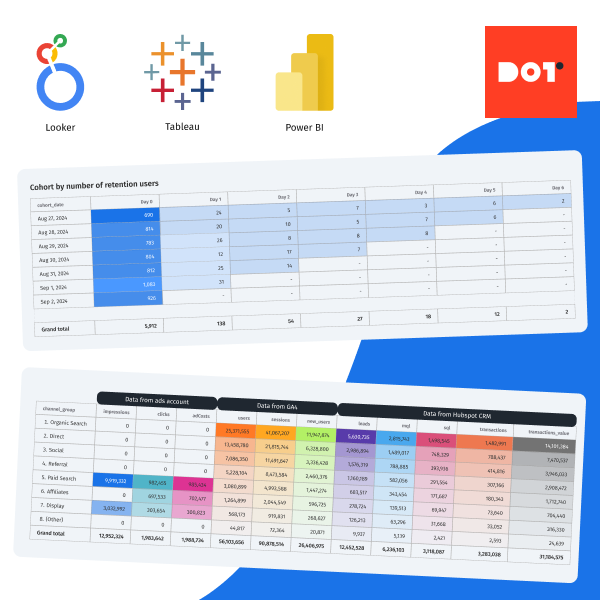
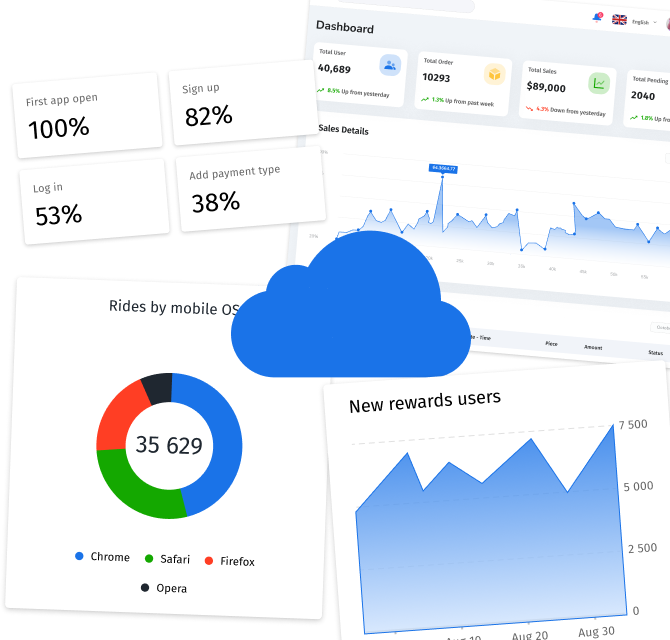
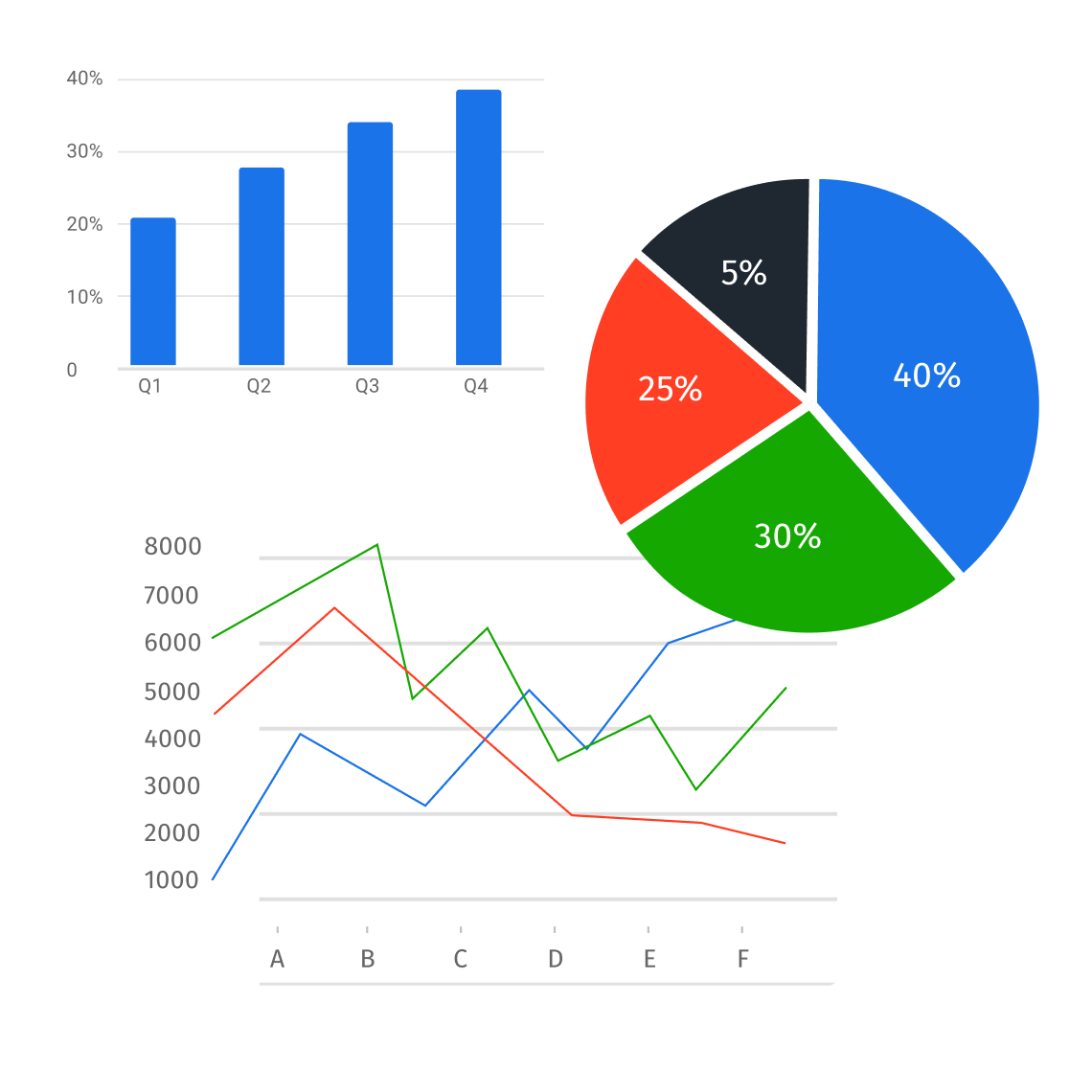
Leave a Reply